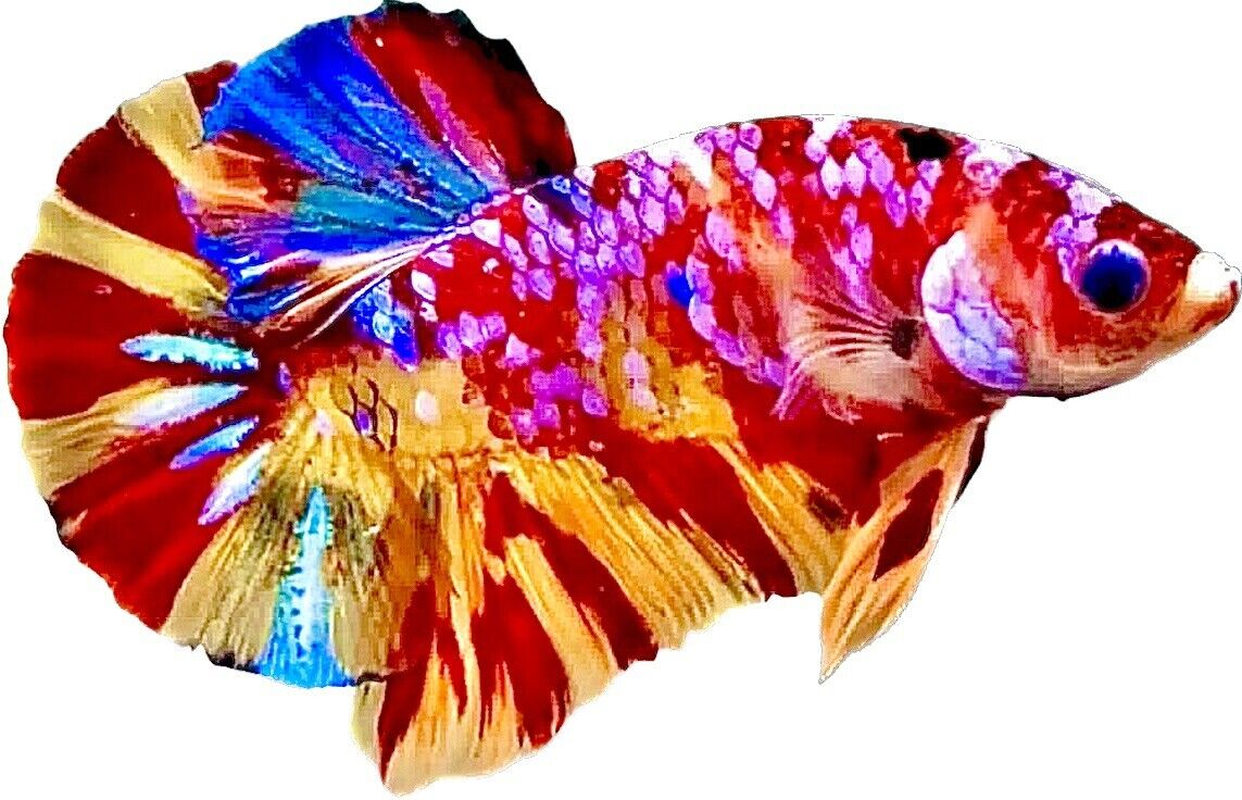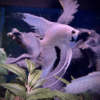To provide the best experiences, we use technologies like cookies to store and/or access device information. Consenting to these technologies will allow us to process data such as browsing behaviour or unique IDs on this site. Not consenting or withdrawing consent, may adversely affect certain features and functions.
The technical storage or access is strictly necessary for the legitimate purpose of enabling the use of a specific service explicitly requested by the subscriber or user, or for the sole purpose of carrying out the transmission of a communication over an electronic communications network.
The technical storage or access is necessary for the legitimate purpose of storing preferences that are not requested by the subscriber or user.
The technical storage or access that is used exclusively for statistical purposes.
The technical storage or access that is used exclusively for anonymous statistical purposes. Without a subpoena, voluntary compliance on the part of your Internet Service Provider, or additional records from a third party, information stored or retrieved for this purpose alone cannot usually be used to identify you.
The technical storage or access is required to create user profiles to send advertising, or to track the user on a website or across several websites for similar marketing purposes.














Lisa Green (verified owner) –
I recently purchased the Stunning Koi Nemo Betta Male, and I couldn’t be more thrilled! Initially, I was drawn to its striking colors and unique patterns, which add a vibrant touch to my aquarium. After about two weeks of observing him, I can confidently say that this Betta fish has a lively personality and a curious nature. He loves to explore his tank and showcases beautiful swimming patterns.
What I appreciate most is that he arrived in excellent condition, showing no signs of stress or illness. I had previously bought a Betta from a local store that didn’t take care of their fish, and the difference is night and day! This Koi Nemo is a perfect choice for fellow fish enthusiasts who prioritize fish welfare.
If you’re considering adding a Betta to your collection, I highly recommend this one. He thrives in a well-maintained aquarium and interacts wonderfully with his surroundings. Just ensure you have a tank with plenty of hiding spots and plants, as Betta fish love their space! In short, this purchase was a delightful experience, and I’ll definitely be back for more aquatic friends soon!